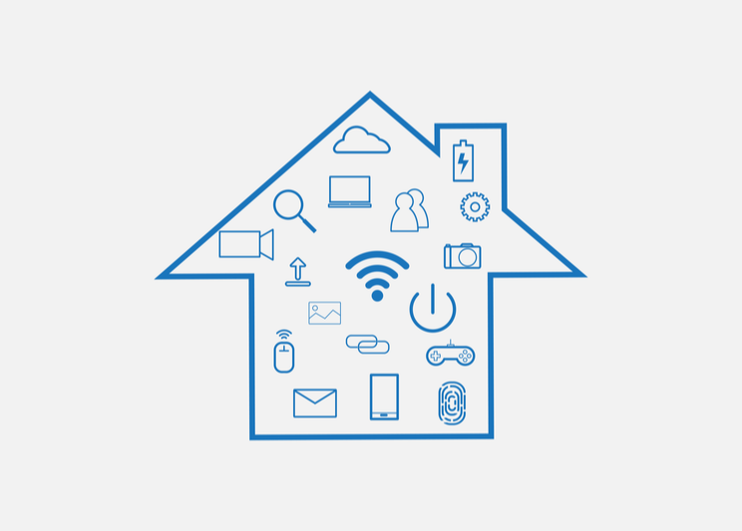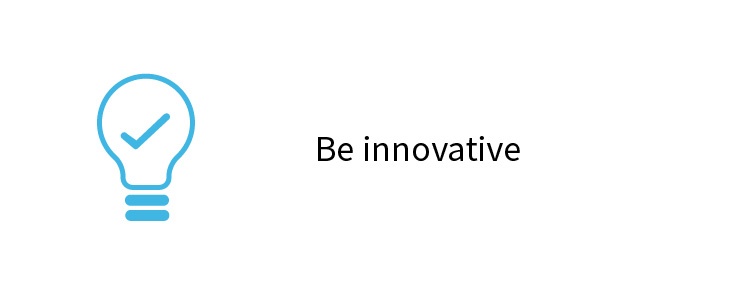5 QA Tips for Proptech Companies
Five QA Tips for Proptech Companies
- Analyse your usage data
- Listen to your customers’ feedback
- Improve app speed, UX and stability
- Be innovative
- Increase your QA team diversity
PropTech has empowered the consumer and improved the customer experience exponentially. Leading PropTech influencer James Dearsley provides an insightful overview of the PropTech ecosystem as it stands.

For further reading I highly recommend taking a look at PropTech 3.0. This report was released last year by Saïd Business School, University of Oxford and written by real estate industry veteran Andrew Baum.
It takes a fascinating look to the future of real estate using data from PropTech venture capital firm PiLabs and interviews from over 50 real estate professionals.
"93% of tech start-ups fail to last more than three years, losing millions in investment, but those who prosper will have a radical impact. Change is coming, and my report provides a detailed examination of the forms it might take, as well explaining how we got to this point." Professor Andrew Baum, Visiting Professor of Management Practice, Saïd Business School, University of Oxford
The property sector is complex and competitive with many players. Traditionally, high-street estate agents dominated it but the emergence of PropTech has disrupted that dynamic. Inefficiencies leading to confusion and frustration for consumers have sped up that process.
Quality is critical to the success of your PropTech app. Demanding end-users means new features are needed often. This creates an unrelenting release schedule which puts pressure on the Development and QA teams. They must deliver releases quickly without compromising quality – a fine balancing act.
Poor quality can quickly lead to customer churn, especially within the competitive PropTech landscape.
Read on to learn why quality is so important in PropTech and how you can improve the quality of your app.
Why is quality so important in PropTech?
People that move house are going through a demanding experience. In fact, it’s considered the third most stressful life event after the death of a loved one and divorce!
Consumers choose PropTech apps over more traditional channels because they provide unique offerings. They streamline the process and focus more on helping people rather than chasing commission.
Successful PropTech companies understand that providing an amazing user experience and helpful customer service is the key to attracting new customers and gaining referrals via reviews and word of mouth.
Movebubble, the property rental app, are a great example. Their users have often had bad renting experiences elsewhere so connecting people 24/7 is crucial to receiving positive reviews and gaining return customers.
5 tips on how PropTech apps can improve quality
PropTech is a competitive space where reputation is everything. If you release a buggy app, you are putting this at stake. A brand takes a long time to build but it can be lost very quickly. After all, a bug fixed in development is less costly than one experienced by the end-user.

Analysis of your customer usage data will essentially build your quality strategy by itself. If your customers are using one page much more than others, it’s logical to focus on the quality of that page.
It goes without saying that you should always prioritise the bugs that are critical to your customers, not the bugs your business wants to fix.
Successful PropTech apps focus on the end-user by taking a customer-centric approach. If feedback shows a pattern of customer pain points, quality must be developed in these areas.
App reviews are critical to your app’s success and can often mean the difference between a customer choosing to use your app or not. Read our 6-step guide to avoiding 1-star app reviews.
Don’t forget about the fundamentals of a good app. Today's app user is very impatient and demanding. Poor speed, lack of responsiveness and instability annoy them the most and will lead to churn. According to a report from Google, 53% of mobile site visits are abandoned after just three seconds.

As mentioned earlier, PropTech is a competitive space. You have to find new ways of innovating your app to attract new customers and gain returning customers. That means adding new features regularly to improve UX. Ensure you conduct enough customer research before developing a new feature. You may view a new functionality as valuable, but it might not resonate with the end-user.
Creating new features quickly is crucial but quality should always be the priority. If new features are taking too long to develop and test properly, move them to the next development cycle.
Diversity is vital for your QA team to improve the quality of your app; it will bring a fresh perspective. The more diverse the group of testers – from developers to product managers, UX designers, business analysts and support engineers – the better the results will be.
It also means you can test a broader range of your app, thereby reducing the risk that a critical bug goes unnoticed.
Further reading
For a more technical look at how to ship better software faster, read this great article on the key tools and strategies available to you.
Also, check out 9 techniques to help ensure that the code quality increases the lifecycle of your app.
Want to do something about your QA?
Global App Testing is a leading crowdsourced testing company. We understand how demanding PropTech app users are.
We’ve tested over 100 PropTech applications and flagged up critical bugs for fixing, in the process driving improved conversion rates, increased users and better NPS scores for our clients.
QAOps
QAOps is a framework to help more companies become quality-focused organisations. This is done by implementing the three pillars of QAOps, which enable you to change your perspective on how QA is typically viewed in an organisation: from a purely software operations perspective towards how QA can help with your growth objectives and improve your customer experience.
The three pillars of QAOps are:
- Blend – companies need a blended approach to QA via manual AND automated testing to achieve high-quality results and manage risk.
- Optimize – in order for a company to release high-quality products to the market as fast as possible, companies need to constantly iterate (or "Optimize") each part of their development/QA process.
- Grow – companies can leverage QA as part of their growth strategy by connecting testing activities to their growth metrics.
Visit our PropTech page to see how we’ve helped other PropTech companies like HomeLight and Acasa improve their app quality and increase customer satisfaction.


f7c7.jpg)

